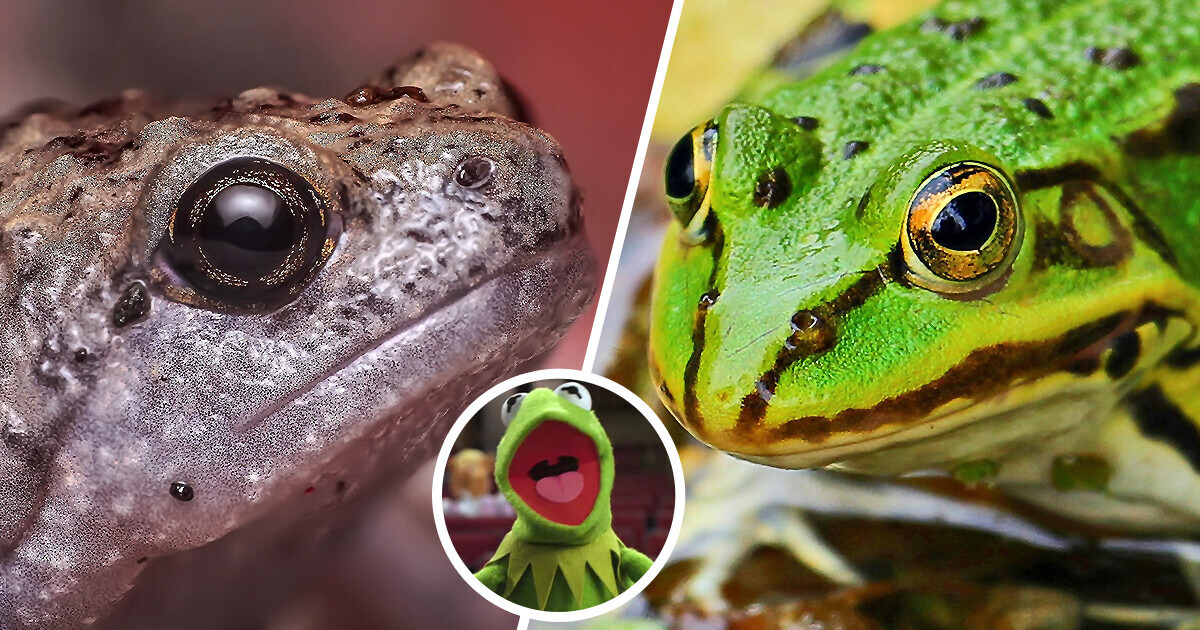15+ Mothers-in-Law Who Can Turn an Ordinary Day Into a Comedy Show


Although modern humans have been around for approximately 200,000 years, there’s still a vast amount about our world that remains unknown. Even now, we continue to make surprising discoveries, like the recent revelation that female frogs feign death to evade unwanted male attention.
Woodpeckers have tongues of remarkable length, with some ranging from 15 to 35 centimeters. These tongues are uniquely adapted to wrap around their heads, weaving between the skull and skin, extending behind the nostrils and eyes, and then coiling behind the skull before finally reaching the mouth. This intricate tongue structure not only aids in capturing prey but also safeguards the woodpecker’s brain by reducing friction during the pecking process.
Although it may not be immediately apparent, if you were to obstruct your sense of smell, you would have difficulty distinguishing between them. To conduct this experiment effectively, be sure to close your eyes as well.
This phenomenon occurs because the cry of a human baby shares a similar frequency range with the cry of a calf deer. It’s a common response in many mammals, including humans. When we hear the cries of newborn babies, kittens, or puppies, a specific part of our brain associated with caring for and protecting infants becomes active, compelling us to respond to and protect vulnerable young ones.
Onions possess natural sedative properties that can be beneficial in addressing insomnia. These aromatic vegetables can alleviate stress and regulate blood sugar levels, potentially promoting improved sleep when consumed before bedtime. It’s worth noting that while they can be helpful for many, some individuals may experience heartburn as a side effect of eating onions at night.
The remarkable strength of spider silk arises from its exceptional resistance to deformation and its impressive elasticity. Spiderwebs have the remarkable ability to stretch to 2 to 4 times their original length without breaking, showcasing the combined characteristics of both steel and rubber. In fact, some experts believe that a spiderweb with the thickness of a pencil could potentially halt an airborne plane in its tracks.
Whales exhibit a unique sleeping behavior — they rest in a still position, oriented vertically with their heads near the water’s surface. It is thought that they keep one eye open and maintain half of their brain in a state of wakefulness while sleeping. Whales are known to be among the least sleep-dependent creatures, taking short naps lasting around 10-15 minutes.
Frogs employ various strategies to navigate the complex world of their interactions, particularly when it pertains to avoiding undesirable advances from males. One such tactic involves females mimicking the vocalizations of males, creating sounds that scare them away. In addition to this vocal subterfuge, female frogs employ two other prevalent strategies known as “rotating” and “tonic immobility.”
Indeed, one of the intriguing behavioral tactics observed in frogs is tonic immobility, also referred to as “death feigning.” Research reveals that approximately 33% of the studied frogs resort to tonic immobility to deter unwelcome advances from their male counterparts. The most prevalent strategy observed is rotating, with 83% of frogs opting for this technique.
Horses possess a remarkable field of vision due to the placement of their eyes on the sides of their heads. This panoramic view lets them see nearly 360 degrees around them without turning their heads. Furthermore, horses are gifted with the largest eyes of all land mammals, and their height adds to this visual advantage.
During adverse weather conditions with swift river currents, otters engage in a touching behavior by holding hands while they sleep to maintain their group’s togetherness and safety. Additionally, male otters demonstrate their commitment by grasping their mates’ hands, signaling that the female is already paired.
Dedicated scientists are on a perpetual quest to expand our understanding of the world that surrounds us, the intricacies of our own society, and the complex workings of the human psyche.











